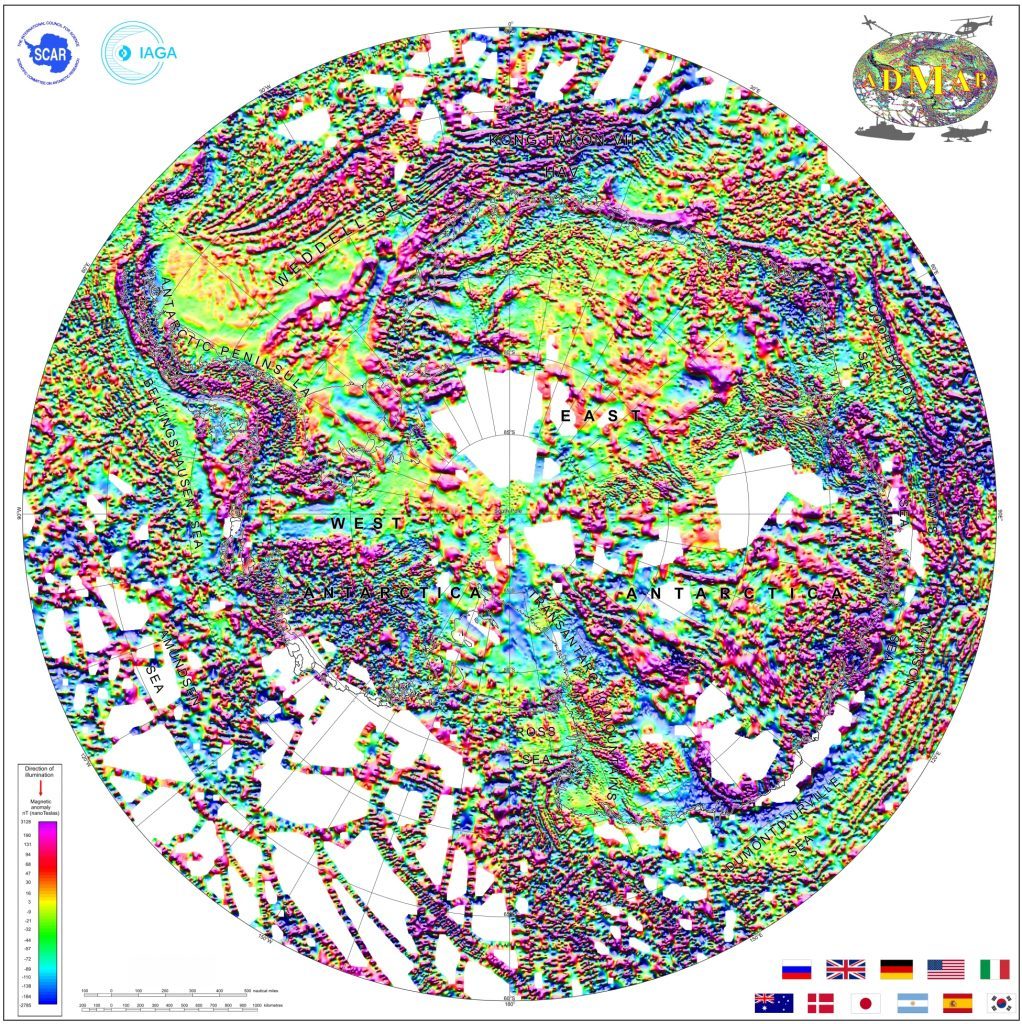
The new map - which includes 3.5 million line-kilometers of magnetic anomaly data collected over the past 50 years - sheds new light on the structure and evolution of the Antarctic continent and its surrounding oceans.
Antarctica's remoteness and harsh conditions make it a supremely challenging environment for researchers who study the continent. For geoscientists, however, research is particularly tough because the rocks they seek to understand are buried deep beneath the thick ice sheet that blankets the continent.

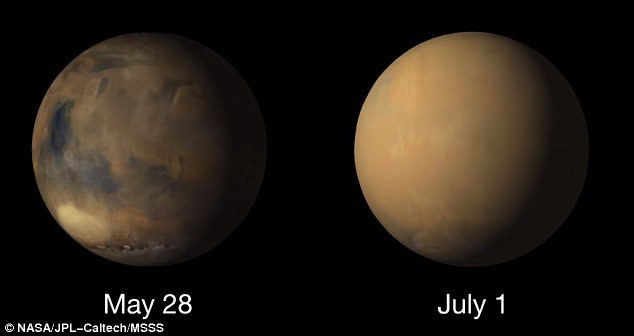
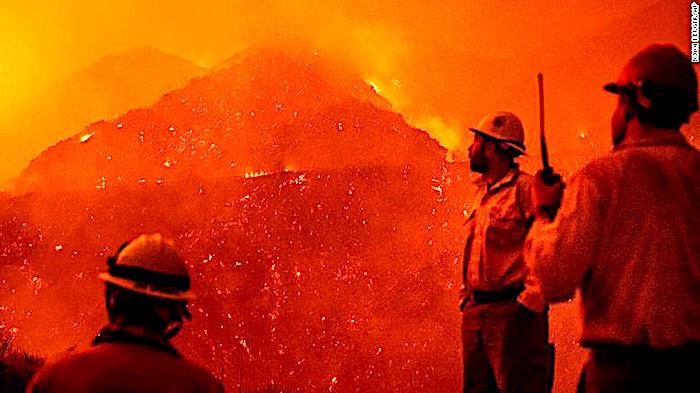

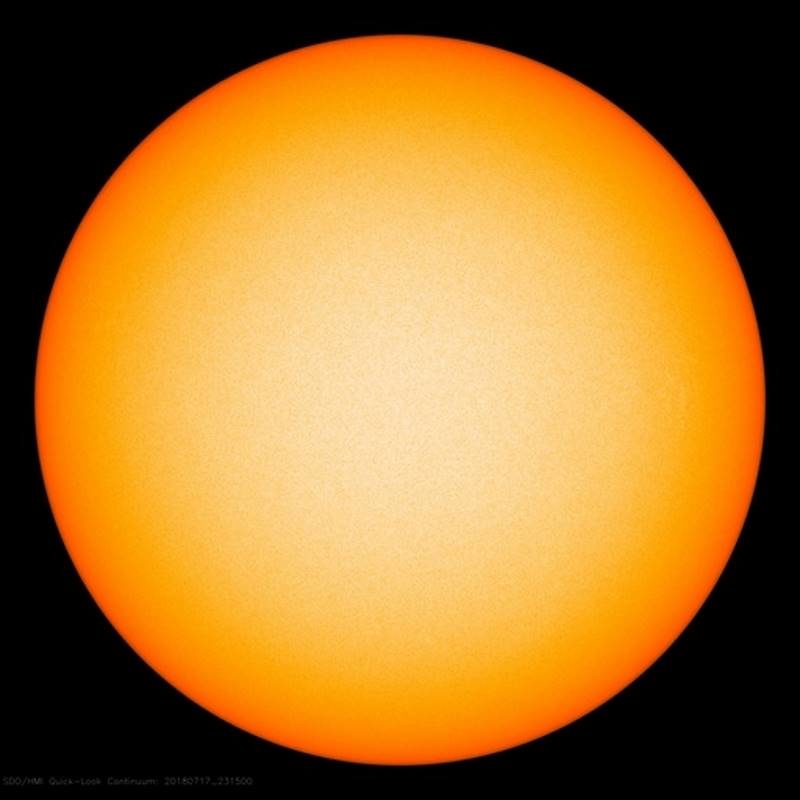


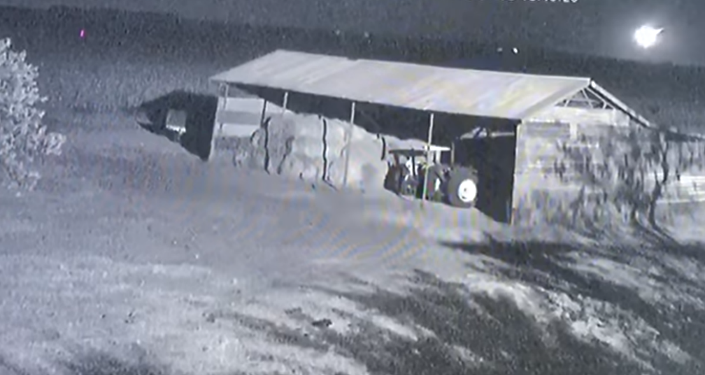
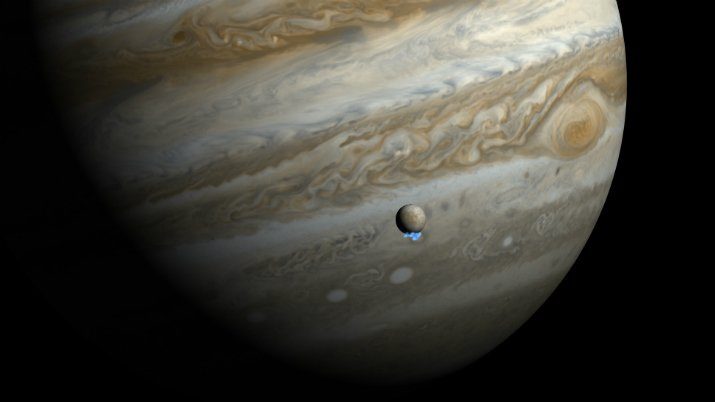



Comment: See also: Microsoft, Facebook laying massive cable across the Atlantic ocean